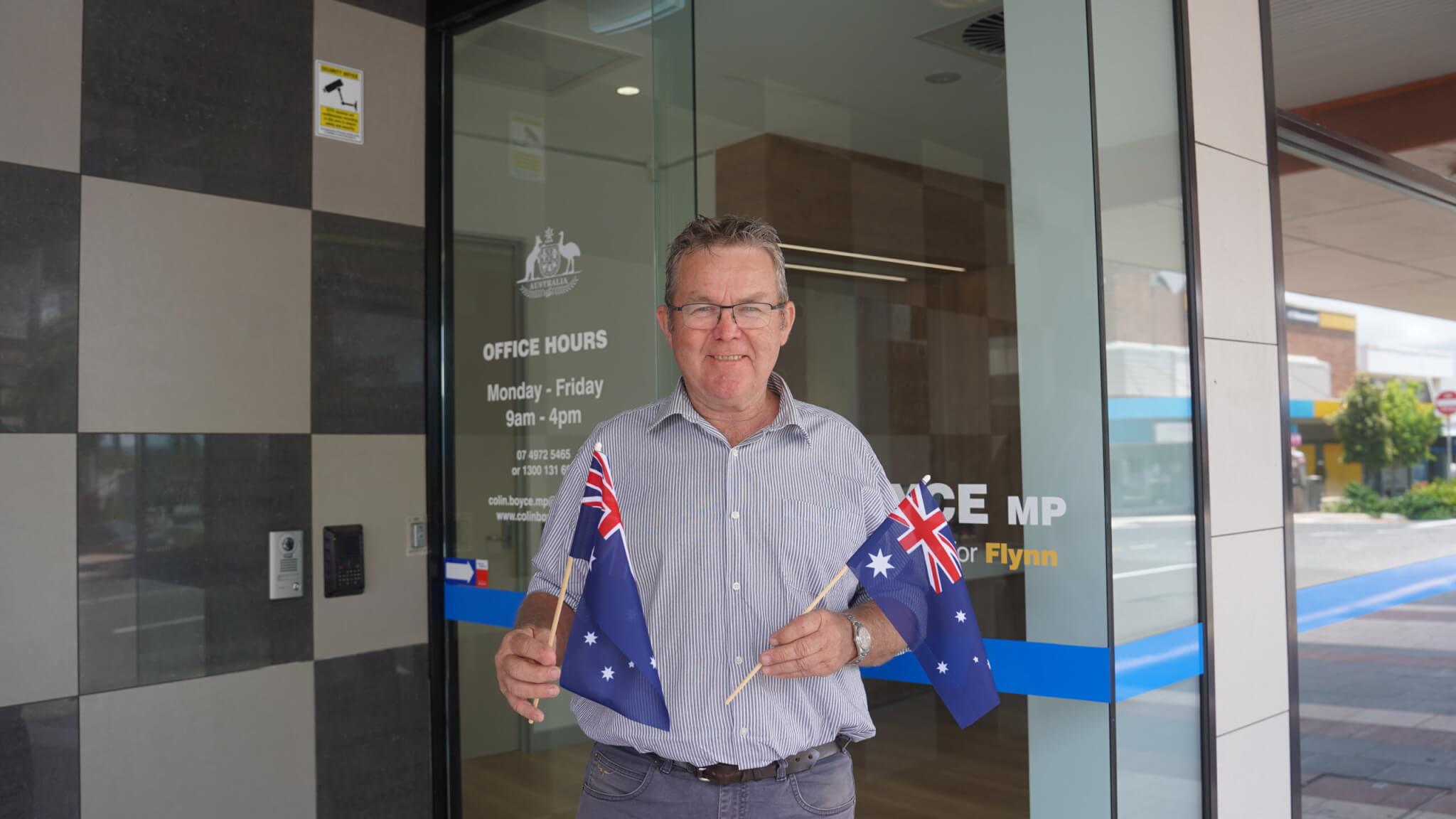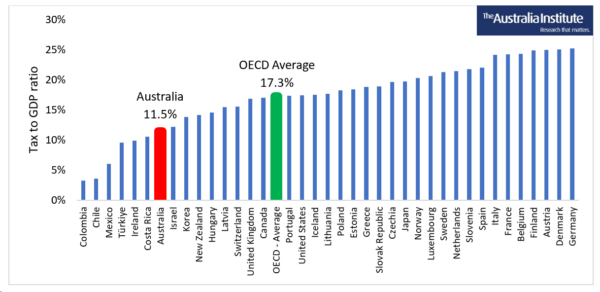This Saturday January 25 marks the 75th anniversary of the introduction of fluoride to water supplies.
And the first place to trial what is now widely regarded one of the ten great health advancements of the 20th century? The unlikely city of Grand Rapids in Michigan, USA.
This small metropolis in America’s north east is also the childhood home of former US President of Gerald Ford. Elected as Congressman for Grand Rapids in 1948 while the first fluoridation trial was underway, he was always very supportive of water fluoridation.
The city is still fluoridated today – and a large sculpture on the riverfront celebrates Grand Rapids’ role in dental public health.
But it all started a quarter of a century earlier when, in 1901, two dentists in the US and Italy separately noticed mysterious staining of the teeth coupled with lowered decay rates in patients. They believed local water supplies may have been responsible.
Their hunch was validated when in 1925 a dentist from Essex in south east England produced a statistical comparison between decay rates of 4000 children with the staining and those without. He found those living in areas where mottled teeth caused by high levels of naturally occurring fluoride in water were commonest, tended to have much less dental decay.
A number of subsequent studies in naturally fluoridated towns across the US and UK showed that around 1 part per million of fluoride in water was the optimal level, making teeth much stronger without causing obvious mottling.
But could the idea work on a larger scale? On 25th January 1945, Grand Rapids became the first city in the world to top up natural fluoride in water to an optimal level for dental health.
The previous year, a baseline study comparing Grand Rapids with the neighbouring city Muskegon, had found similar decay levels in baby and permanent teeth in both places. A comparison six years later in 1950 revealed decay levels in 6 year-old children born since fluoridation started in Grand Rapids, was almost half of that of Muskegon.
As soon as the huge reductions in tooth decay from water fluoridation became obvious, many other communities started their own fluoridation programs. Across the 1950s, 60s and 70s, water fluoridation became widespread in the USA and many other countries, including Australia.
More internationally recognised studies and reviews in the years since have all concluded the same thing: kids and adults living in areas with fluoridated water all have much less dental decay. It remains a pillar of oral health practice around the world today.
While around 25 countries now have fluoridated water supplies, fluoridation rarely extends to the whole country. Australia for example, has just 89% coverage – which is actually very good by world standards – and in the US it’s just under 74% for people on public water systems. Only smaller jurisdictions like Hong Kong and Singapore have 100% coverage.
While small conspiracy theory groups have questioned the safety of water fluoridation, Australia’s National Health and Medical Research Council, the UK’s Medical Research Council, America’s Centers for Disease Control and health and scientific authorities around the world continue to endorse the effectiveness and safety of water fluoridation.
“Ensuring that as many people as possible have access to clean, fluoridated water and fluorides from other sources is a huge step forward in securing better oral health for hundreds of millions of people around the globe,” said Dr Michael Foley, Chair of the ADA’s Oral Health Committee.
* 75th anniversary celebrations include a National Fluoridation Symposium in Chicago in July, while January 25 has been declared Community Water Fluoridation 75th Anniversary Day in Michigan.








